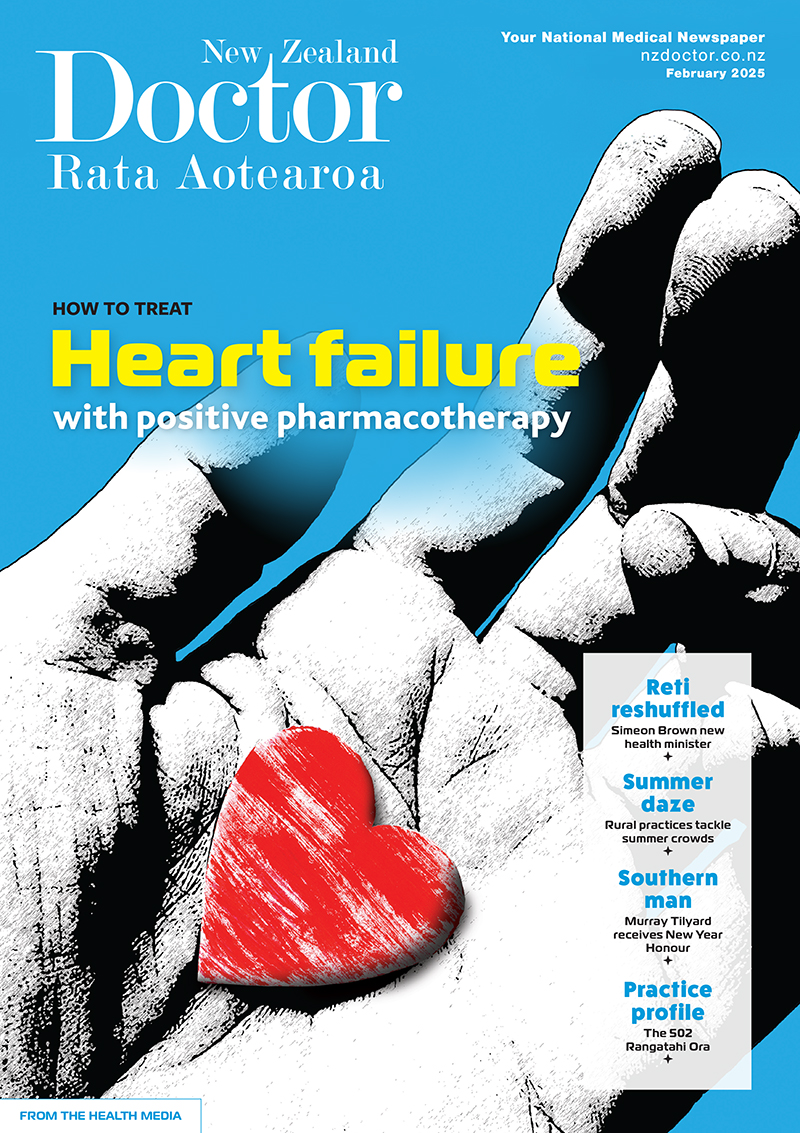Pharmacist prescribers Linda Bryant and Leanne Te Karu discuss positive polypharmacy for heart failure. Current evidence shows the intensive implementation of four medications offers the greatest benefit to most patients with heart failure, with significant reductions in cardiovascular mortality, heart failure hospitalisations and all-cause mortality
Otago experts warn pandemic risks accentuating rural-urban health inequities
Otago experts warn pandemic risks accentuating rural-urban health inequities

The current pandemic risks further accentuating the rural – urban health inequities that exist in New Zealand, University of Otago rural health specialists warn.
“District Health Boards must consider and include their rural communities and health services at this time” Associate Professor Garry Nixon, a rural health specialist from Dunstan Hospital, Clyde; Dr Katharina Blattner, a rural hospital specialist and rural GP, Rawene Hospital, Hokianga Health, Northland; Dr Rory Miller, rural hospital specialist Thames Hospital; Dr Alex Feberwee rural hospital specialist, Ashburton; Dr Branko Sijnja, director of Otago’s Rural Medical Immersion Programme and rural GP Balclutha, say. In a statement below they outline their concerns:
In New Zealand, rural towns represent many of our most vulnerable communities. Residents of rural towns are overall poorer, older, more likely to be Māori and have poorer health outcomes than the cities. These communities rely on rural health services (both primary and secondary), the majority of which are chronically understaffed, with limited specialist services and equipment.
Rural hospitals are made more vulnerable by their lack of “surge capacity”. They are largely driven by acute need and are often at capacity in the winter months. They do not have outpatient clinics or elective surgery that can be cancelled in order to create urgent additional capacity.
We would urge DHBs to put in place, if they have not already done so:
• Rural specific plans developed in partnership with rural health services.
• Processes to ensure equitable access to specialist and intensive care services across their regions, including continuing access for non-COVID acute emergency cases
• A single point of contact for specialist advice for rural clinicians, to coordinate the care of deteriorating and critically unwell rural patients.
• Plans to shift workforce into rural health services that have preexisting serious shortages or when they (especially small services) become overwhelmed.
• Processes to ensure access to sufficient equipment including personal protective equipment for rural services.
• Additional resources for interhospital transfer, of both ventilated patients and those patients who are deteriorating and likely to need intensive care.
• Plans to ensure the rural health services that are now managed by community trusts are given the same consideration and support as those that are managed directly by the local DHB.
It is now time for the Government to implement travel restrictions of nonessential travel to rural remote areas, as this will maximise the one protection rural communities might have – their isolation.
While we expect much of this work is underway, it will be easy for DHB managers and clinical leaders to become focused with their base hospital services and the patients immediately in front of them and to inadvertently neglect rural-based patients. Geographic equity will be important in the coming weeks and months.
During the COVID-19 pandemic, it is crucial that urban and rural referral sites support each other and act as a unified system of emergency care.



